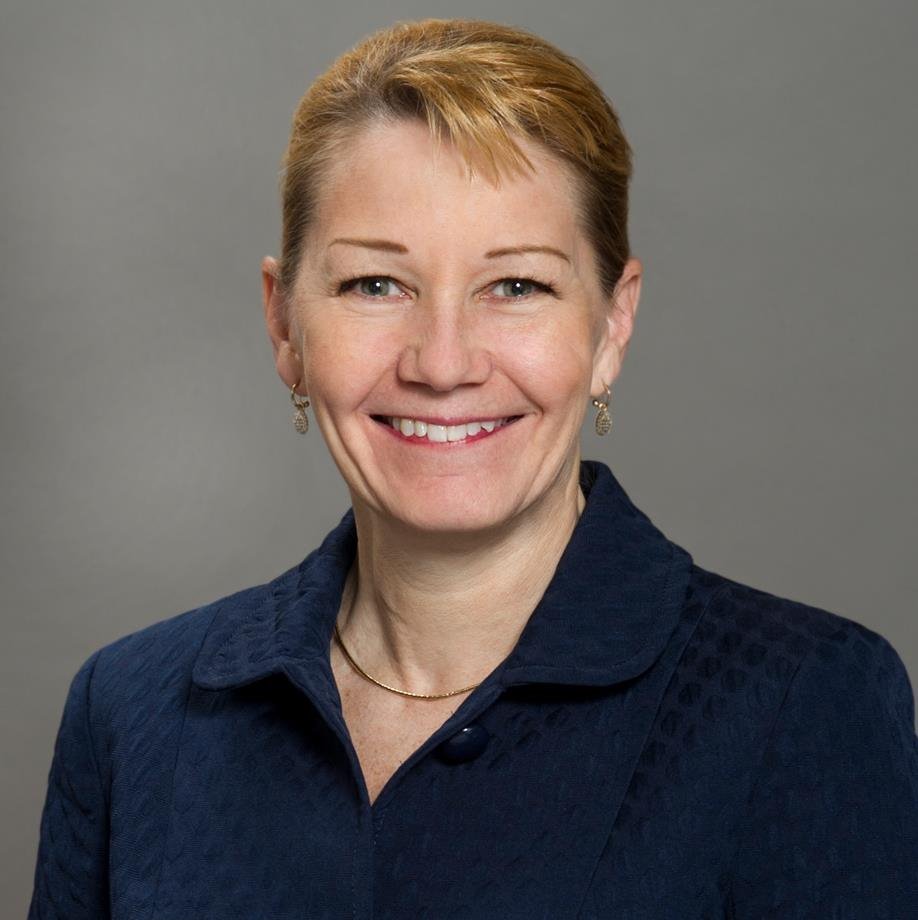6 Questions with Raytheon’s Laura McGill
6 Questions with Raytheon’s Laura McGill


Laura McGill, the vice president of engineering at Raytheon Missile Systems, discusses how a model-based engineering approach helps in bringing multigenerational teams together.
Laura McGill is the deputy vice president of engineering at Raytheon Missiles & Defense, a $16-billion business of Raytheon Technologies Corporation. She had previously served as the vice president of engineering at Raytheon Missile Systems. From 2007 through 2011, she was the product line chief engineer for air warfare systems, where she was responsible for all engineering activities and technical performance of a $2-billion portfolio of air-to-air missiles, precision-strike air-to-ground weapons, and Tomahawk cruise missiles. McGill is also an adjunct lecturer for Raytheon’s onsite M.S. in systems engineering program, offered in conjunction with the Johns Hopkins Whiting School of Engineering. She is a Lifetime Fellow of the AIAA, serves on numerous academic and research foundation advisory boards, and in 2019 was elected to the National Academy of Engineering.
Q1: What inspired you to pursue aerospace engineering as a career? And if you look back at your career at Raytheon, is there anything you would do differently?
Laura McGill: I was inspired by airplanes. For me, airplanes demonstrated the most leading-edge capability, and then of course, the space program. I grew up with Apollo where we were really pushing the boundaries of technology and engineering. I knew I wanted to be part of that. Then after I became an aerospace engineer, I was really inspired by how huge teams could pull together, bringing all the different disciplines of math, science, engineering, and technology together to create a capability that was new and better.
Q2: You took on a series of engineering jobs at Raytheon ranging from program manager to chief engineer to program director and now your current position. Which achievement are you particularly proud of?
L.M: I would say that it was serving as the chief engineer of the Tomahawk cruise missile program. It was one of my most challenging assignments and definitely one of the most rewarding–working with a large team of over 100 engineers to bring a new capability through development and into production. That program continues today, 15 years after I left.
Editor’s Pick: 10 Influential Women in Engineering
Q3: Today you oversee the activities of a diverse group of engineers working on hundreds of high-tech weapons systems. What are some of the challenges of leading a workforce force of that size?
L.M: Everybody comes from different perspectives, which is an enabler for us, but also has its challenges–it isn’t easy bringing so many disciplines together, all the different technologies that have to work flawlessly in a really sophisticated system. And they all have to be aligned on the goals and strategy, working together. We are applying agile methods and many complementary competencies that allow our teams to work together. We are really building on our model-based engineering environment, as a key capability that allows our teams to work together seamlessly.
Q4: What are the benefits of following a model-based engineering approach?
L.M: It’s very important to us and an area where we’ve been investing. Models allow us to preserve more information about our systems and carry those through the entire lifecycle of the product. Because they are updated in real time and interlinked with other different models and tools, it allows the team to stay up to date on the latest configuration and the latest design decisions. It’s also knitting our different generations together. Our up-and-coming engineers are very skilled in using model-based tools. We have senior engineers who aren’t as strong in those skills but have a lot of great experience and knowledge. When you put those two together, it’s a great way to transfer knowledge from someone with a lot of expertise to somebody who is still developing their knowledge base, but can develop the model and translate the contents of the expert’s head. The senior engineers are often delighted by the capabilities of the resulting models, such that the learning and the realized value goes both ways.
Q5: Engineers play a key role in solving global challenges. In your opinion, how can engineering and technology converge to meet global needs?
L.M: That’s actually something we are focused on. In my mind, technology is just the promise of capability. It takes engineers working directly with the technologists to evolve what’s been developed in the lab into an application that can be used in our systems, and by people, to make the world a better place.
Recommended for You: Danielle Boyer’s STEAM DREAM
Q6: What’s your career advice for young engineers?
L.M: I always encourage people to follow their own their own passion and interest. With the size of our teams and how complicated they are, there is absolutely a role for everybody. Don’t feel like you have to adjust your career aspirations to meet where you think the opportunities are. Pursue your passions, follow your curiosity and ask questions. I can say that my career changed over the course of years. In each assignment, I had questions and wanted to know more about different aspects of the specific system for which I had no expertise. This led me down a different path than I would have chosen at the beginning. So don’t feel that you have to be on a set career course. As you progress in your responsibilities, follow your instincts wherever they lead. You don't have to construct your career, to advance your career. If you work hard and deliver quality work, it will come to you.
Listen to the full interview with Laura McGill in an episode of our podcast series ASME TechCast.
Chitra Sethi is executive editor, media.




